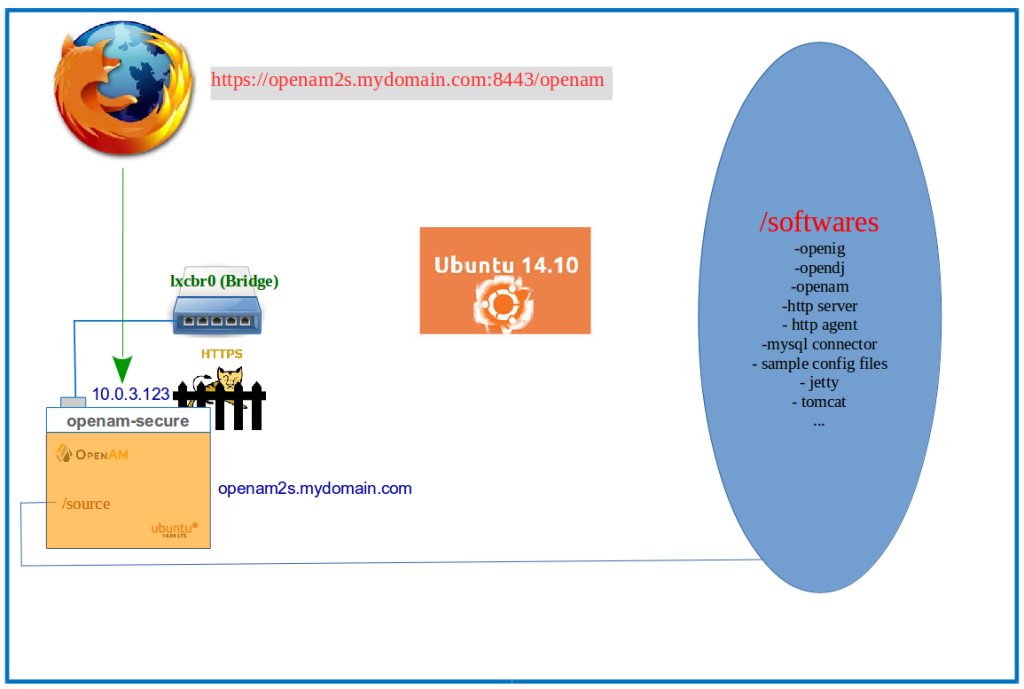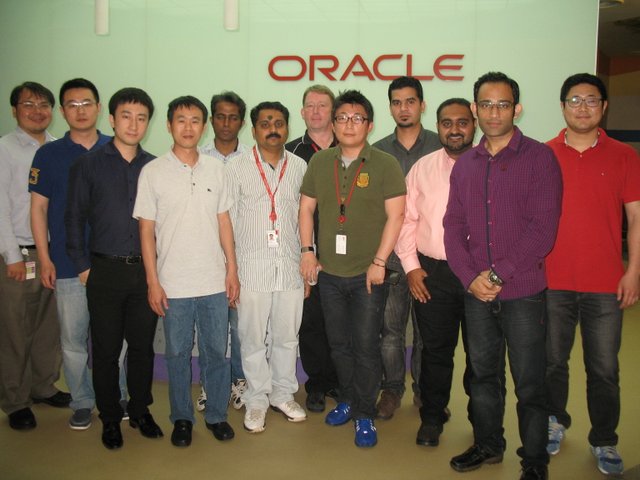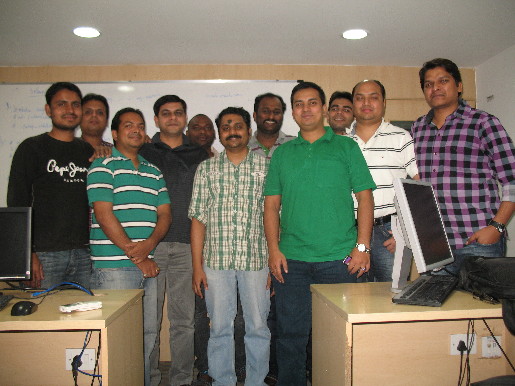In this episode, you’ll see how ForgeRock OpenIG picks up user credentials from ForgeRock OpenAM, and gives the user access to an application. Now that’s quite a bit of information in a single line. So let’s break it down into pieces:
– A user tries to access ‘http://openig.mydomain.com:8080/replay’ url
– A Java EE OpenAM Policy Agent sitting in front of the ‘http://openig.mydomain.com:8080’ url intercepts the request from the client (user’s browser) and redirects the request to ForgeRock OpenAM (http://openam.mydomain.com:8080/openam)
– ForgeRock OpenAM will send the OpenAM Login Page back to the user
– The user supplies the credential, which the OpenAM verifies. If authentication is successful,OpenAM adds the username of the user and his/her encrypted password to the session and sends it to Java EE Policy Agent
– Java EE Policy agent validates the user’s session, gives control to OpenIG.
– Because the URL that the client requested for (http://openig.mydomain.com:8080/replay), matches a specific route (say 04-route.json) configured in OpenIG, it applies the filters in the route configuration file. The first filter will use a shared key (also known to the OpenAM) to decrypt the encrypted password sent by OpenAM. The second filter will retrieve the username and password from the exchange and replaces your browser’s original HTTP GET request with an HTTP POST login request that contains the credentials to authenticate and the third filter will remove the username and password headers before continuing to process the exchange.
– The HTTP server validates the credentials and respond back to OpenIG with user’s profile page
– OpenIG sends that response to the end user
A couple of things though: OpenAM in our setup is configured to process a ‘Password Replay’ Java Class on successful authentication. The Java EE agent in OpenAM is configured only for Single Sign On (SSO) and is configured to add the UserToken (username) and sunIdentityUserPassword (password) as session attributes in HTTP header.
The picture below may not speak thousand words, but it does speak all the words I uttered above:
If you’re new to ForgeRock OpenIG, I recommend viewing screen-casts at the following links first:
– ForgeRock OpenIG Installation & Configuration
– ForgeRock OpenIG: Getting Credentials from File Data Source
– ForgeRock OpenIG: Getting Credentials from JDBC Data Source
The following video would not have been possible, but with the help of ForgeRock Documentation.
Enjoy!










































































